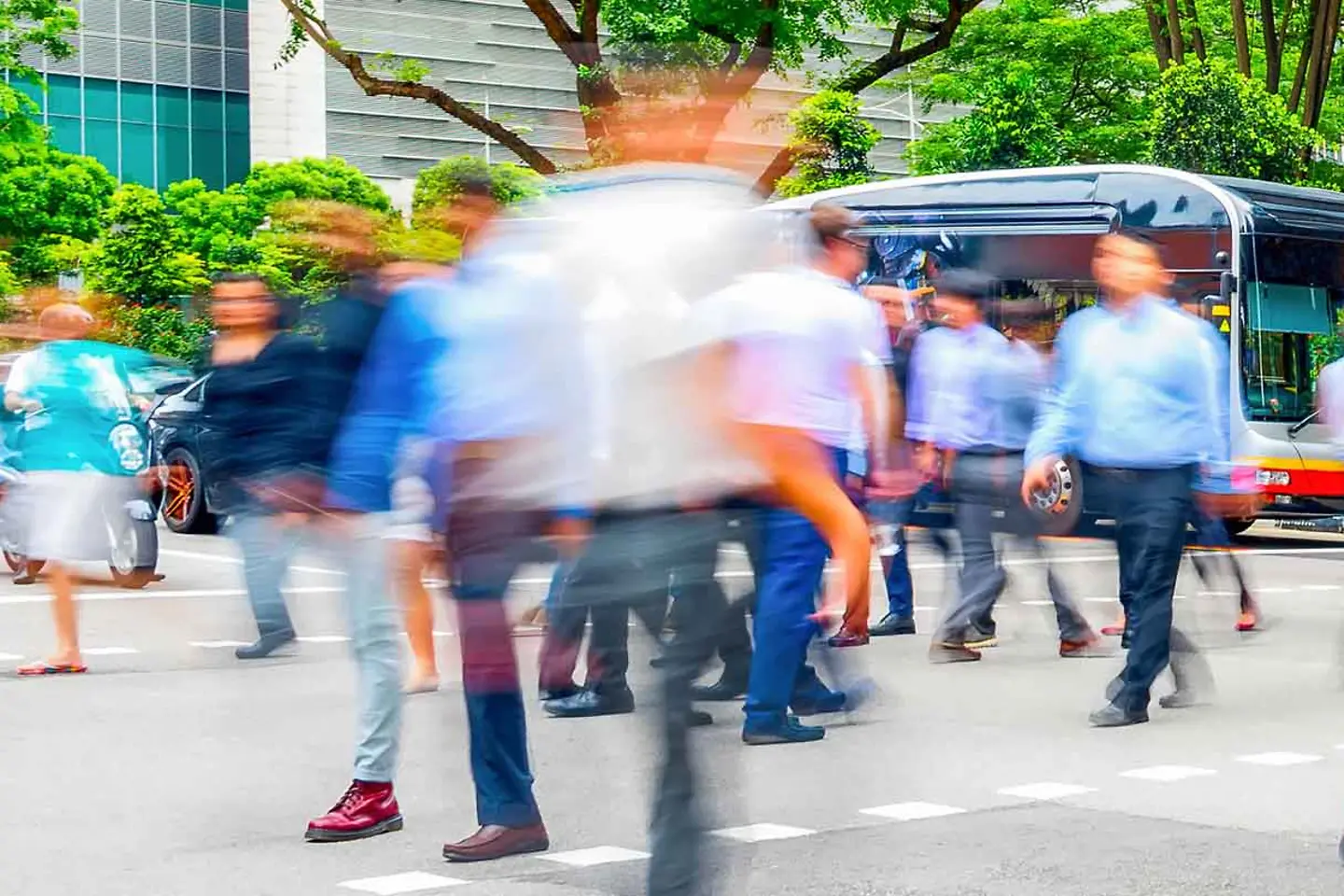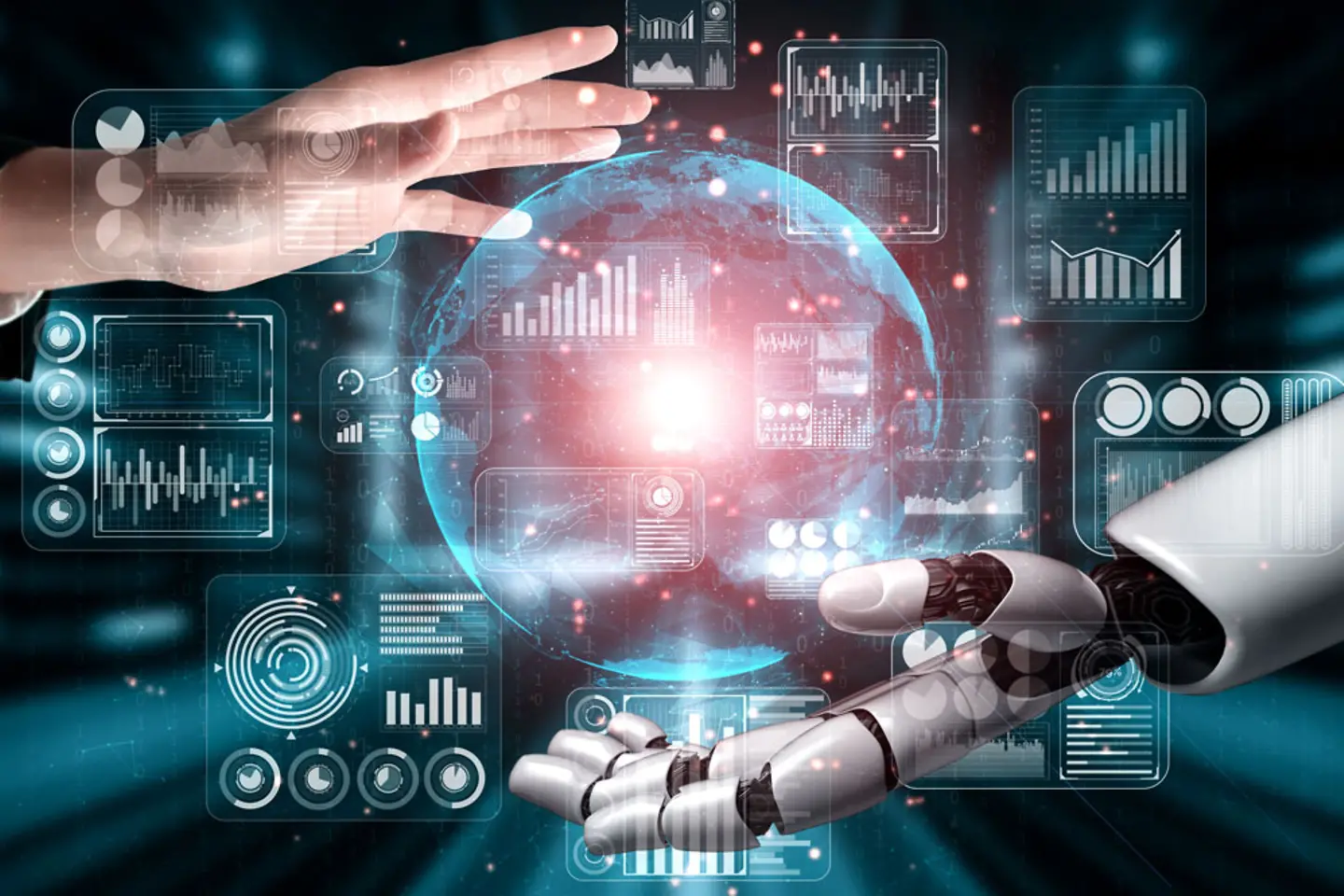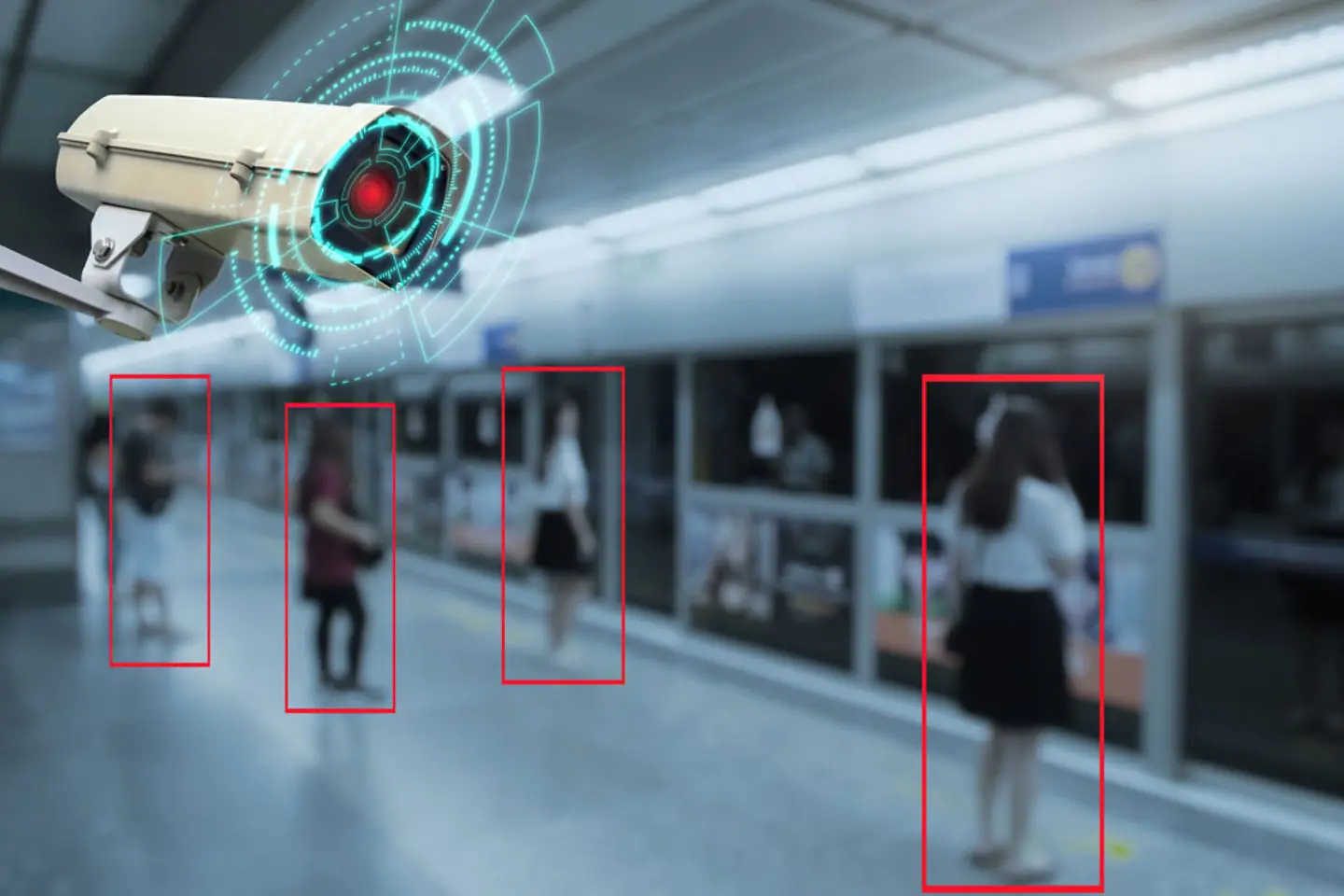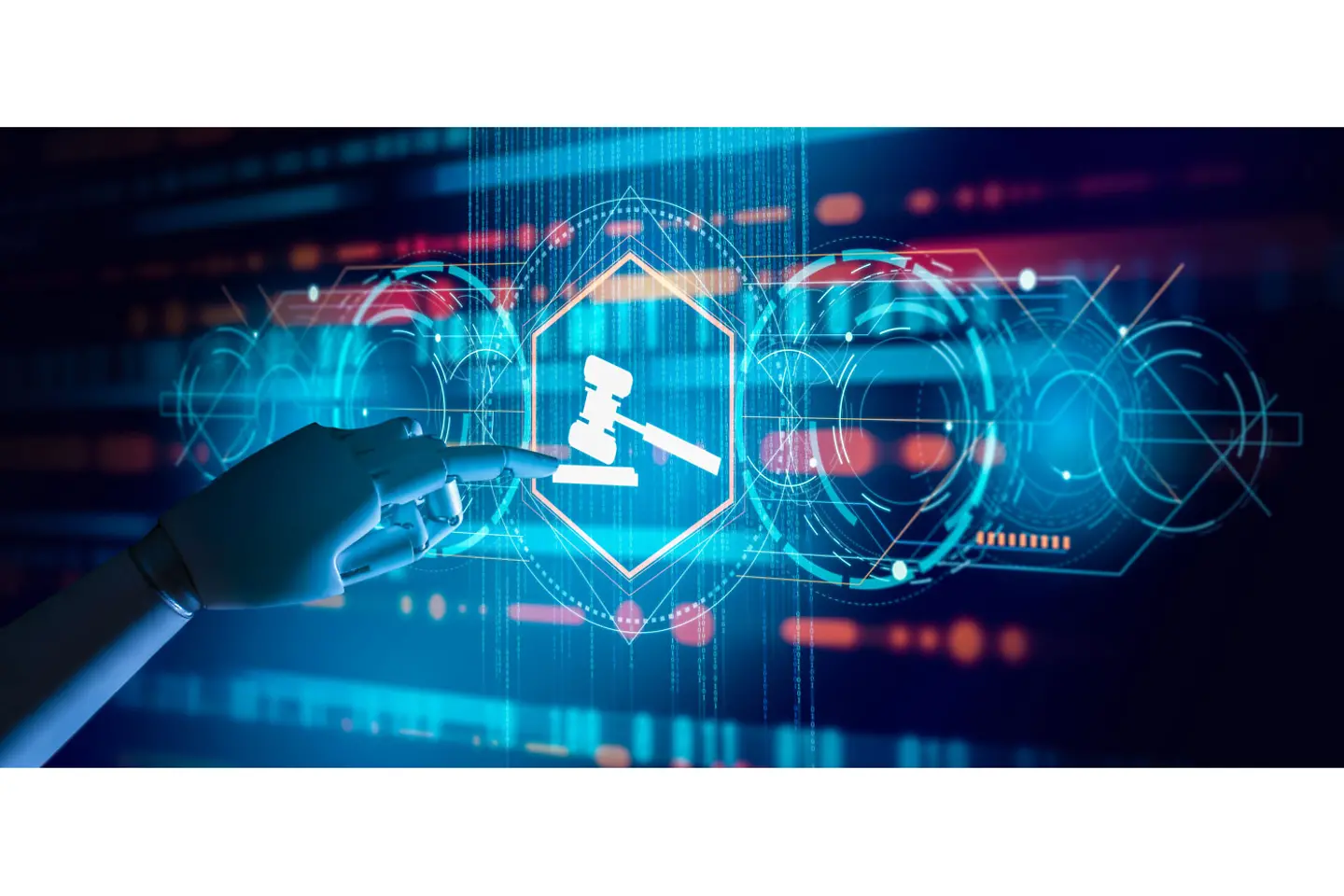
AI-enabled solutions help solve persistent problems in public transport, public safety and security, and information dissemination

More than half of the world’s population now live in cities—around 56% of the world’s population, or around 4.4 billion inhabitants, live in urban areas. By 2050, this figure is expected to grow to 68%. This figure is generally higher in developed countries where 79.2% of people live in cities. In Asia alone, the degree of urbanisation was 52% in 2022.
The expanding number of city residents puts pressure on transport networks, public spaces, and other aspects of the city. To address these prevailing urban challenges, cities rapidly deploy digital technologies such as the Internet of Things (IoT), smart sensors and meters, as well as 5G and other wireless networks, to automate services and improve government processes.
Artificial intelligence (AI) is fast becoming an invaluable tool in urban planning and resource mobilisation, enabling governments to perform more efficiently, optimise service delivery, and keep costs down.
More than 60 countries already have a national AI strategy, with dedicated AI policy initiatives for the public sector. This includes countries in the Asia-Pacific (APAC) region, most of which already have national policies to drive AI readiness and regulate its deployment.
Singapore, one of APAC’s most prominent AI-enabled economies, ranks second in AI readiness globally. With its strong organisational and institutional capabilities, Singapore has built a conducive environment to develop and sustain AI-focused innovations. The value of Singapore’s AI market is expected to reach US$960 million in 2022, expanding to US$16 billion by 2030.
Adopting AI in the public sector typically entails developing an algorithm, deriving insights from its output, and then adopting these insights or recommendations. However, algorithms have limitations and risks, so having an algorithm is not enough. Often, it needs to be integrated into a user-centric experience and embedded into workflows to spur adoption among different stakeholders.
Over the years, AI-enabled technologies have offered surprising fixes to some of the most intractable problems in the public sector, including public transport, public safety and security, and information dissemination.

By 2040, it is expected that AI innovations will usher in fully automated and connected public transport systems in major cities. AI applications in intelligent public transport include monitoring and collecting traffic data to improve mobility and alleviate congestion.
To improve highway networks, operators use AI to predict traffic congestion and monitor highway safety. LTA Singapore, for one, deploys sensors that gather traffic information and employs smart traffic light systems that analyse real-time information for traffic optimisation.
AI technologies also help ensure safety at bus stops and train stations, especially with large crowds. Real-time frequency management can gauge crowd density, analyse people’s movements, and detect dirty areas at bus stops and train stations. It can also help optimise the cleaning and maintenance of bus stops and train stations, thereby reducing operating costs.
Additionally, through movement analysis, operators can spot aberrant passenger behaviour, such as sprinting and fighting, to prevent any undue incidents in public transport. It can also help prevent malfunctions and accidents, by detecting objects and people in restricted areas.
AI also enhances security in urban centres. AI-based security and surveillance solutions, especially those with advanced video analytics and facial recognition systems, automate crime detection; this enables faster and more efficient response times among law enforcement. AI-enabled analytical tools also help police and fire departments and security agencies better coordinate emergency response and manage crisis situations.
Considering security staff shortages, AI-enabled technologies can be particularly helpful during large public events. Stadiums can be fitted with AI-based security and surveillance solutions that can forecast stadium occupancy based on real-time and historical data and detect and analyse people’s movement.
Intelligent interpretation of movement analysis helps identify restricted or prohibited items, such as drugs, alcohol, or deadly weapons. It can also detect aberrant behaviour even in big crowds, such as fighting or fainting, to prevent incidents or address medical emergencies.

In Singapore, apps like Bot MD use AI methods such as natural language processing, data mining, chatbot, and search functions to provide doctors and frontline health workers with real-time information on the latest COVID-19 protocols.
AI-enabled technologies can also be used to address navigation issues and staff shortages in information kiosks, especially during large public events. Information kiosks can be fitted with a conversational AI that can answer frequently asked questions and direct people to certain locations and landmarks. This AI kiosk is a personalised virtual assistant that helps people navigate the city and event venues.
Despite these practical applications of AI in the public sector, challenges remain due to inadequate regulations and policies. As such, governments must build their capacity to effectively deploy, manage, and regulate evolving technologies.
With troves of big data now at cities' disposal, governments must put governance frameworks and institutional arrangements around data collection in place. Taking a more regulatory approach to disruptive technologies procured for public use, including AI, helps set ethical standards and protect citizens' privacy.
Algorithms must be stable, accurate, and routinely checked for unintended bias. It helps to establish a clear baseline for decision-making before implementing an algorithm, whether based on historical data, a scoring system, or a criteria-based approach.
When left unchecked, unintended bias can be detrimental to the fair and equitable allocation of government resources, such as providing funding for infrastructure projects, incentives for workers, and scholarships for the youth, just to name a few.
To encourage the adoption of AI in the public sector, algorithms must also be easily explainable. This helps different stakeholders understand how certain decisions are reached. Remember: AI is most valuable in the public sector when used to support, and not substitute for, human and people-centred decision-making.
As your trusted IT partner, T-Systems offers experience-based advice on implementing and providing ongoing support for AI services for the public sector. Our AI Solution Factory accelerates the development and deployment of AI solutions to hybrid cloud platforms safely and securely. We have partnered with the world’s leading hyperscalers to provide seamless cloud integration.
With AI, the possibilities are endless. At T-Systems, we take care of your project from end to end with our proven AI methodologies and trusted connectivity and security capabilities. Our AI projects showcase advanced applications in telecommunications, manufacturing, transport and logistics, as well as banking and insurance.
Talk with one of our experts today to learn more about the possible applications of AI in the public sector.